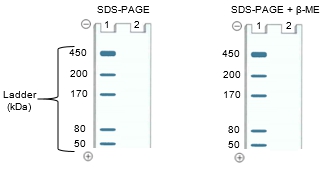Open Question
Compare the Native & SDS PAGE gels to indicate if each sample is a monomer, dimer, trimer or tetramer.
a. Sample 1: ________________
b. Sample 2: ________________
c. Sample 3: ________________
d. Sample 4: ________________

 Verified step by step guidance
Verified step by step guidance
